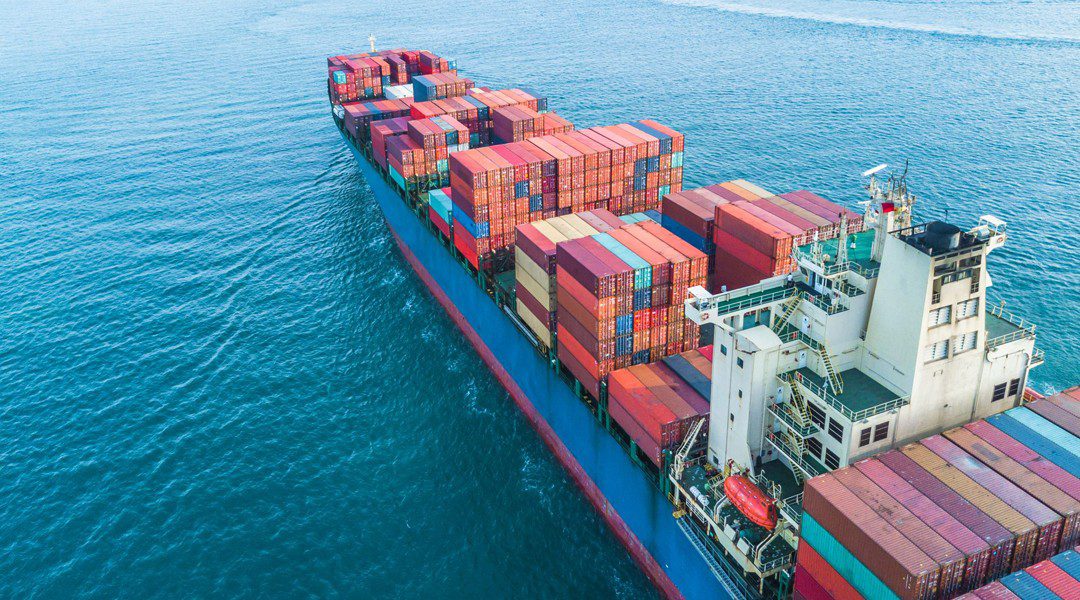Over the next decade, carbon capture will start to play a larger role in the fight against climate change. And with more industry stakeholders looking at different transportation options between capture sites and storage locations, liquid CO2 carriers will become an important link in the value chain, DNV argues.
To slow global warming, the focus has been on abatement strategies, such as efficiency measures and further investments in alternative, low carbon fuels. As for removing carbon emissions at the source, analysts agree that carbon capture and storage (CCS) will be necessary to achieve meaningful reductions in CO2. As noted by DNV’s Pathway to Net Zero Emissions, a DNV study released in late October, “Carbon capture and removal technologies are a must …” if the world has any chance of meeting the 1.5°C limit.
Work to scale up carbon capture has already begun. To date, there are 16 large-scale carbon capture facilities capturing more than 30 million tonnes of carbon per year from fertilizer (ammonia), steel and hydrogen production and from natural gas processing plants. Safe storage of CO2 is also a proven technology. For decades, energy companies have injected pressurized CO2 into reservoirs to displace oil and drive it to the surface.
Safe, flexible transportation of CO2
According to Erik Mathias Sørhaug, Business Development Leader – Maritime Advisory, DNV, large quantities of CO2need to be transported from the capture site to storage either by pipelines or ships, or a combination of both. “Shipping offers a safe, reliable and flexible transportation well-suited to shorter distances and low to medium volumes,” he says.
In our view, scaling up global CCS capacity will require a fleet of specialized tankers with the ability to collect CO2 from capture sites operated by many different industrial segments.
While shipping represents an alternative to pipelines, there are some technical challenges that need to be addressed. Martin Cartwright, DNV’s Business Director Gas Carriers & FSRUs, explains that to efficiently transport CO2 at industrial scale, the industry is looking into different options for how to transport CO2 including high-, medium- and low-pressure solutions, which will help integrate seaborne transportation into the CCS value chain.
“DNV has offered class services to CO2 carriers since 1988,” he says. “Through our work with various partners, we have developed expertise specific to vessels design, specialized tanks, piping and refrigeration systems for the transportation of liquified CO2.”
Johan Petter Tutturen, Vice President, Special Projects – Gas, at DNV explains that present experience with shipment of CO2 is with medium-pressure solutions. “Low-pressure solutions will allow for larger cargo tanks, which enhances a vessel’s transportation capacity and allows for more CO2 per transported unit volume,” he says.
However, low-pressure transportation of liquified CO2 introduces new risks and challenges that need to be thoroughly investigated to ensure safe and reliable operation.
”Unlike natural gas, CO2 must be pressurized to reach a liquid state. Pure CO2 has a ‘triple point’ at 5.12 bara and ÷56.6°C. For temperatures below the triple point, CO2 will only exist as gas or in solid states.”
Tutturen says that existing CO2 shipment is carried under medium pressure (13–15 barg and at ÷20–÷30°C) on smaller carriers serving the food and beverage industry, but the industry is exploring other pressure options. “DNV is actively participating in several Joint Industry Projects evaluating alternatives for transporting CO2at both high and low pressures,” he says.
Factors being considered, among others, include choice of material for the containment system, effect of impurities in the cargo, transport volumes, safety considerations, and achieving the optimal balance between cost and operational complexity.





